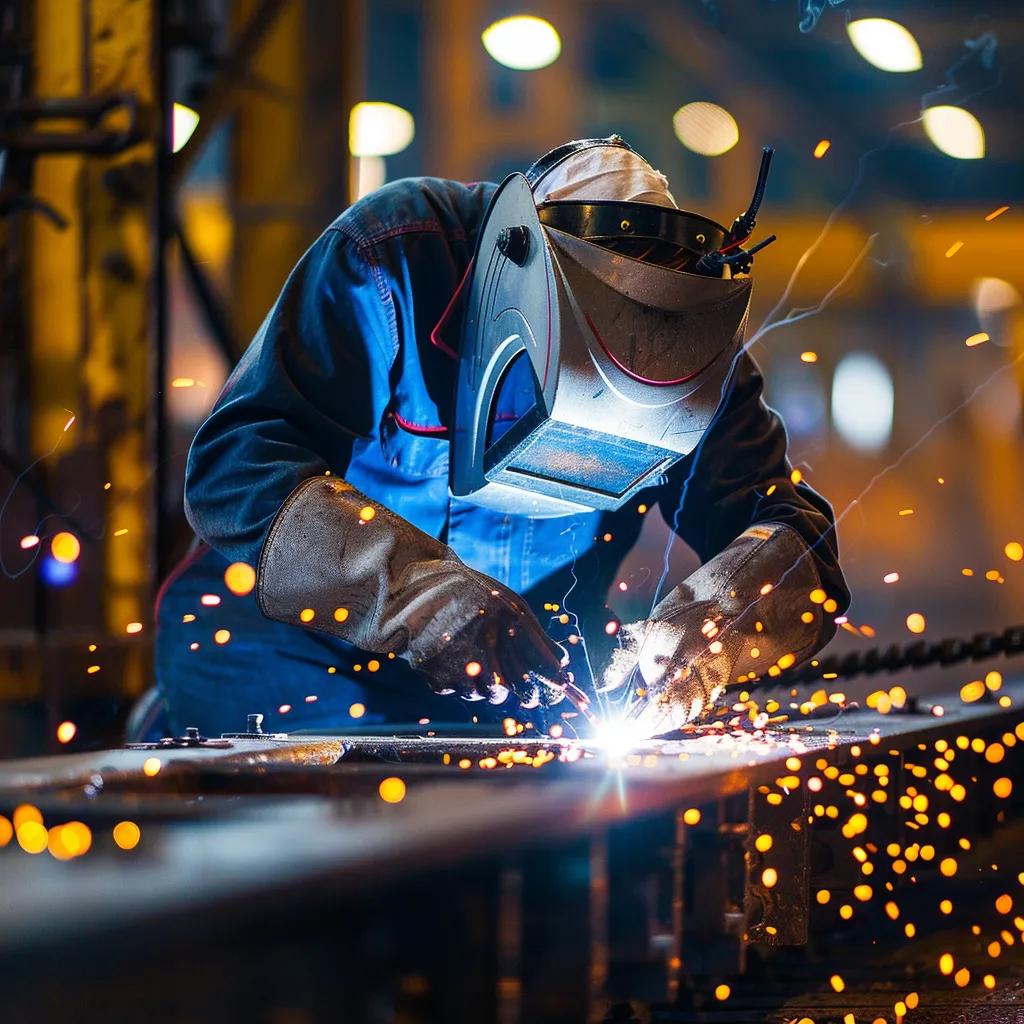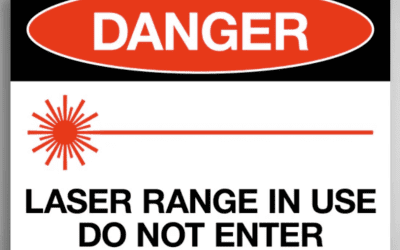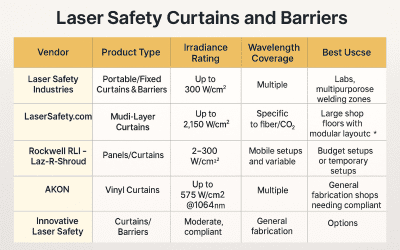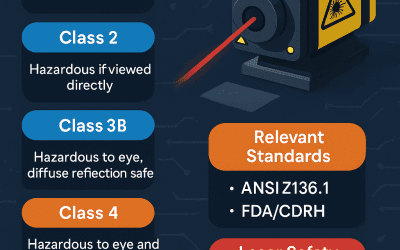Industrial Welding – A Complete Guide to Safety
Comprehensive Guide to Industrial Welding: Processes, Equipment, Safety, and Training
Industrial welding is the backbone of manufacturing, construction, and repair industries worldwide—providing the structural integrity needed to join metals through precisely controlled heat and pressure. When executed correctly, these welds create durable, high-performance assemblies capable of withstanding extreme operational demands.
This guide delivers a comprehensive look at industrial welding processes, critical equipment and consumables, safety standards and PPE requirements, and cross-industry applications. It also explores training pathways, market trends, and troubleshooting strategies—giving you a clear roadmap to improve quality, compliance, and efficiency.
You’ll learn about:
-
Main welding processes and their specific applications across industries
-
Essential welding equipment and supplies for consistent, reliable welds
-
Safety regulations and required PPE for workplace compliance
-
Application techniques for steel fabrication, pipelines, automotive manufacturing, shipbuilding, and heavy machinery repair
-
Training programs and welding certifications to advance technical skills
-
Market insights on robotics, plasma cutting, shielding gas demand, and industry growth projections
-
Proven defect prevention methods and weld quality optimization techniques
By aligning these insights with your operational requirements, this article equips you to boost productivity, strengthen safety compliance, and advance technical expertise in industrial welding.
What Are the Main Industrial Welding Processes and Their Applications?
Industrial welding processes differ in heat source, consumable requirements, and degree of automation, each tailored to specific materials, joint designs, and production volumes. A clear understanding of how each process works—and where it excels—ensures optimal weld strength, efficiency, and cost-effectiveness in industrial operations.
What Is Gas Metal Arc Welding (GMAW/MIG) and How Is It Used in Industry?
Gas Metal Arc Welding (GMAW)—commonly referred to as MIG welding—is one of the most widely used industrial welding processes thanks to its speed, adaptability, and high deposition rates. In GMAW, a continuous solid wire electrode is fed through a welding gun while a shielding gas (often argon, CO₂, or a blend) protects the molten weld pool from atmospheric contamination.
By maintaining a stable arc between the consumable wire and the workpiece, GMAW produces clean, consistent welds with minimal spatter. This makes it a go-to process for:
-
Automotive manufacturing – body panel assembly and frame fabrication
-
Structural steel fabrication – beams, columns, and heavy assemblies
-
High-volume production lines – automated, repetitive welding applications
Key advantages of GMAW in industrial settings include:
-
Material versatility – effective on carbon steel, stainless steel, and aluminum
-
Automated wire feeding – ensures consistent welds over long seams
-
Adjustable voltage controls – accommodate varying material thicknesses
-
Integration with robotics and mechanized cells – boosts throughput and weld quality
When configured for high-speed mechanized welding, GMAW systems integrate seamlessly into automated assembly lines, delivering durable, defect-free welds while meeting stringent productivity and quality control standards.
How Does Gas Tungsten Arc Welding (GTAW/TIG) Support Precision Industrial Work?
Gas Tungsten Arc Welding (GTAW)—also known as TIG welding—uses a non-consumable tungsten electrode and an inert shielding gas (typically argon or helium) to produce a focused, low-dilution arc. This process delivers exceptional control over heat input, making it ideal for thin materials and complex joint geometries where distortion must be minimized.
TIG welding’s precise arc stability makes it the preferred method for:
-
Aerospace components requiring exact tolerances
-
Stainless steel pressure vessels needing corrosion resistance and integrity
-
Piping systems where cosmetic finish and exact fit-up are critical
Operators manually feed filler rod when needed, allowing intricate bead placement and superior metallurgical properties for critical applications.
What Are the Benefits of Shielded Metal Arc Welding (SMAW) in Heavy Industry?
Shielded Metal Arc Welding (SMAW)—commonly called stick welding—employs a flux-coated consumable electrode that melts to supply both the filler metal and a protective slag layer. Because the flux coating generates its own shielding gases, SMAW requires no external shielding gas, making it well-suited for outdoor and windy environments.
In heavy industry, SMAW excels in:
-
Shipbuilding and repair
-
Structural steel erection
-
Pipeline construction and maintenance
Its portability, minimal setup requirements, and simple equipment make it a go-to choice for field work. A variety of electrode types (e.g., E7018, E6010) allow operators to match welding parameters to material grade, thickness, and position.
How Does Flux-Cored Arc Welding (FCAW) Perform in Outdoor and Heavy Fabrication?
Flux-Cored Arc Welding (FCAW) uses a tubular wire electrode filled with flux that produces both shielding gas and slag during welding. This process offers high deposition rates and deep penetration, making it an excellent choice for heavy fabrication, structural welding, and shipbuilding.
FCAW can be configured as:
-
Dual-shield (with external shielding gas) – for higher deposition rates in shop conditions
-
Self-shielded – for portability and resistance to wind in field applications
Its robust arc can weld through mill scale and rust more effectively than GMAW, reducing surface preparation requirements and maintaining consistent quality on large assemblies.
What Is Plasma Cutting Technology and Its Industrial Applications?
Plasma cutting uses a high-velocity, ionized gas jet to rapidly melt and eject material from the cut path. This non-contact process produces narrow kerfs, high cutting speeds, and minimal heat-affected zones on conductive metals including steel, stainless steel, aluminum, and copper alloys.
Industrial applications include:
-
Metal plate fabrication
-
Automotive panel manufacturing
-
Scrap separation in recycling operations
When integrated with CNC plasma cutting tables, the process delivers repeatable, precise cuts with minimal bevel, optimizing material utilization and reducing post-cut grinding.
How Are Robotic Welding Systems Transforming Industrial Welding?
Robotic welding systems integrate programmable industrial robots with welding power sources, wire feeders, and process controls to automate arc welding methods such as GMAW and GTAW. Using pre-programmed paths and adaptive motion control, robotic cells provide:
-
Consistent, high-quality welds
-
Reduced cycle times
-
Mitigation of skilled labor shortages
Advanced systems feature:
-
24/7 operation for maximum throughput
-
Real-time arc parameter monitoring for process stability
-
Vision-guided seam tracking for adaptive corrections
Manufacturers benefit from 30–50% productivity gains, lower reject rates, and improved workplace safety by moving personnel away from high-heat, high-fume environments.
Which Industrial Welding Equipment and Supplies Are Essential for Effective Welding?
Selecting the right power sources, torches, feeders, and consumables is critical to achieving stable arcs, consistent penetration, and high-quality joints. Each equipment choice impacts weld bead appearance, mechanical properties, and overall productivity.
How to Choose the Right Industrial Welding Machine for Your Needs
When selecting an industrial welding machine, evaluate these three core specifications:
- Process compatibility – Ensure the power source supports your primary welding process (GMAW, GTAW, SMAW, FCAW, etc.).
- Duty cycle – A MIG unit rated for 300 A at 60% duty cycle can handle GMAW on structural steel up to 10 mm thick, while a 400 A TIG machine provides fine heat control for thin stainless sections.
- Power output and input voltage – Consider single-phase vs. three-phase capability and output adjustability for your material range.
Additional features like waveform control (inverter vs. transformer), digital preset management, and advanced pulse functions help reduce heat distortion, expand material compatibility, and minimize setup time and scrap rates.
What Are the Key Welding Torches, Wire Feeders, and Plasma Cutters Used in Industry?
| Product | Feature | Benefit |
|---|---|---|
| MIG Torch | 360° Swivel Neck | Enhances access in tight joint positions |
| TIG Torch | Water-Cooled Head | Maintains cooler operating temperatures in heavy use |
| Wire Feeder | Digital Speed Control | Ensures precise wire delivery for consistent beads |
| Plasma Cutter | High-Definition Arc | Delivers narrow kerf and minimal heat-affected zone |
These tools integrate with power sources and gas delivery systems to ensure uninterrupted operation in both production cells and on-site repair environments.
How Do Welding Consumables Like Electrodes, Wires, and Shielding Gases Impact Weld Quality?
Consumables directly influence weld strength, metallurgy, and corrosion resistance:
- Electrodes and wires with E70XX classifications control chemical composition and tensile strength.
- Shielding gases—argon, CO₂, helium blends—modify arc stability, bead profile, and penetration depth.
Examples:
- C25 blend (75% argon / 25% CO₂) in GMAW – smooth wetting, moderate penetration; ideal for carbon steel.
- Pure argon in GTAW – minimizes oxide formation; essential for aluminum welding.
Matching consumable properties to the base metal hardness and tensile strength prevents brittle zones and cracking.
What Role Do Welding Fume Extractors and Ventilation Systems Play in Industrial Safety?
Fume extraction protects welder respiratory health and ensures compliance with OSHA 1910.252:
- Local exhaust hoods capture fumes directly at the arc.
- General ventilation maintains overall air quality in enclosed spaces.
- Portable extractors with HEPA filtration provide flexibility for field or repair work.
Proper ventilation reduces exposure to manganese, chromium, and hexavalent chromium, improves welder comfort, and supports long-term productivity.
How Are Robotic Welding Cells Set Up and What Are Their Benefits?
A robotic welding cell includes:
- Six-axis robotic arm
- Welding power source and wire feeder
- Positioner for joint orientation
- Safety enclosure and sensors
Programming through teach pendants or offline simulation defines joint paths. Force feedback sensors and vision systems allow real-time adjustments for alignment and penetration.
Benefits include:
- 24/7 automated operation
- Cycle time reduction and increased throughput
- Consistent arc parameters and reduced rework
- Integrated quality control with automated defect detection
What Are the Critical Safety Standards and Personal Protective Equipment (PPE) for Industrial Welding?
Industrial welding exposes workers to arc radiation, molten metal spatter, electrical hazards, toxic fumes, and intense heat. Meeting regulatory standards and using the right PPE are essential to protecting welders and ensuring compliance with OSHA 1910.252.
What OSHA Standards Regulate Industrial Welding Safety?
OSHA Standard 1910.252 – Welding, Cutting, and Brazing specifies requirements that apply to all industrial welding environments, including:
- Ventilation and Fume Control – Adequate natural or mechanical ventilation must be provided to keep airborne contaminants below permissible exposure limits (PELs).
- Protective Clothing – Flame-resistant apparel is required to protect against burns and UV radiation.
- Electrical Safety – Live electrical parts must be guarded, insulated, or de-energized before servicing.
Reference: OSHA, Welding, Cutting, and Brazing, 29 CFR 1910.252 (2024) – the primary federal regulation governing welding safety in the United States.
Which Personal Protective Equipment Is Essential for Welders?
Welders should be equipped with PPE tailored to their process and exposure risks:
- Auto-darkening welding helmet – Shade rating matched to process amperage per ANSI Z87.1 standards.
- Safety glasses – Worn under helmets for side and secondary impact protection.
- Flame-resistant jacket and pants – Protect against molten spatter and radiant heat.
- Insulated welding gloves – Rated for high temperatures and dexterity.
- Respiratory protection – Half-mask respirators or supplied-air systems for stainless steel, galvanized, or galvannealed welding to limit hexavalent chromium exposure.
- Steel-toe safety footwear – With metatarsal guards for impact and molten metal protection.
- Hearing protection – Especially in high-noise shop environments.
How Can Fume Management and Ventilation Improve Welding Shop Safety?
Effective fume management protects worker health and supports OSHA compliance:
- Local Exhaust Ventilation (LEV) – Captures fumes directly at the arc to prevent dispersion.
- Dilution Ventilation – Maintains safe overall air quality in enclosed spaces.
- High-Volume, Low-Velocity (HVLV) Systems – Remove contaminants without disrupting shielding gas coverage.
- Routine Air Monitoring – Ensures exposure levels remain below PELs and ACGIH TLVs.
- Filter Maintenance Programs – Maintain extraction efficiency and respirator performance.
What Fire Prevention and Hazard Control Measures Are Needed in Welding Environments?
To minimize ignition risks and improve overall shop safety:
- Fire Watch – Maintain during and after welding in hazardous areas.
- Fire-resistant barriers and curtains – Protect adjacent work areas from sparks and UV radiation.
- Flammable material removal – Keep welding zones free from combustible debris.
- Gas cylinder storage – Secure with chains, upright, and away from heat sources.
- Hose and regulator inspections – Identify leaks before they cause incidents.
- Spark arrestors on grinders – Prevent spark travel into unprotected spaces.
- Clean floors and walkways – Reduce fuel sources for potential fires.
- Emergency response plan – Ensure quick, coordinated action if ignition occurs.
How Is Industrial Welding Applied Across Key Industries and Materials?
Industrial welding is highly adaptable, with processes, equipment, and filler materials carefully selected to match base material properties, service conditions, and performance requirements. The right pairing ensures structural integrity, code compliance, and long-term durability.
What Are Best Practices for Structural Steel Welding in Construction?
Structural steel fabrication in construction typically relies on Shielded Metal Arc Welding (SMAW) and Gas Metal Arc Welding (GMAW), using E7018 low-hydrogen electrodes or ER70S-6 solid wire to achieve consistent mechanical toughness.
Key best practices include:
- Preheating thick sections to minimize thermal gradients and reduce cracking risk.
- Controlled interpass temperature to maintain ductility and weld toughness.
- Strict adherence to AWS D1.1 Structural Welding Code for joint design and execution.
- Use of qualified welders for all load-bearing members.
- Post-weld heat treatment (PWHT) where needed to relieve residual stresses in critical connections, such as bridge trusses, high-rise frames, and tower sections.
What Challenges and Solutions Exist in Pipeline Welding?
Pipeline welding requires long, continuous welds on carbon steel pipe—often in challenging field conditions such as extreme temperatures or remote locations.
Effective approaches include:
- GTAW (TIG) root passes for precise penetration, followed by FCAW fill passes for productivity.
- Bevel tracking systems and automated welding heads for consistent alignment.
- Real-time radiographic inspection to identify defects before final closure.
- Low-hydrogen consumables and strict moisture control to prevent hydrogen-induced cracking or lamellar tearing—especially in sour service pipelines.
How Is Welding Used in Automotive Manufacturing?
Modern automotive production lines rely heavily on high-speed GMAW and resistance spot welding for body-in-white assembly, chassis frames, and structural reinforcements.
Key advancements include:
- Robotic MIG welding cells with precise, repeatable arc schedules to ensure consistent weld nugget formation over millions of cycles.
- Laser-hybrid welding—combining laser beam energy with an arc welding process—achieving deeper penetration, faster travel speeds, and improved structural stiffness in lightweight automotive frames.
What Welding Processes Are Common in Shipbuilding?
Shipyards employ a mix of welding processes to balance productivity and structural integrity:
- SMAW for stiffeners, brackets, and heavy plate fit-up.
- FCAW for continuous seams on hull assemblies.
- Submerged Arc Welding (SAW) for deep, high-deposition welds on long flat or horizontal joints.
Quality assurance in shipbuilding includes:
- Automated, track-mounted SAW systems for panel joining.
- Ultrasonic and radiographic inspection of watertight bulkheads.
- Post-weld heat treatment to mitigate hydrogen embrittlement in thicker sections of naval and cargo vessels.
How Does Welding Support Heavy Equipment Repair and Fabrication?
Repair welding for construction machinery, mining equipment, and agricultural implements requires durability in extreme loading and abrasion conditions.
Typical practices include:
- Portable GMAW and SMAW units for on-site repair.
- Hot-tack electrodes to rebuild worn surfaces.
- Hardfacing alloys applied via GTAW or FCAW to extend wear life in high-abrasion zones.
- Matching filler metals to base material hardness to restore load capacity without introducing residual stress defects.





The section about troubleshooting was really insightful! A lot of people forget that weld quality can be affected by things beyond just technique, like the type of equipment used or environmental factors.
Comments are closed.